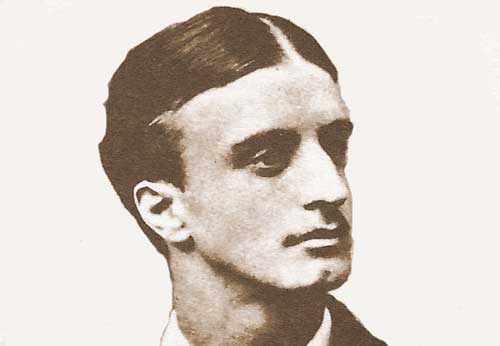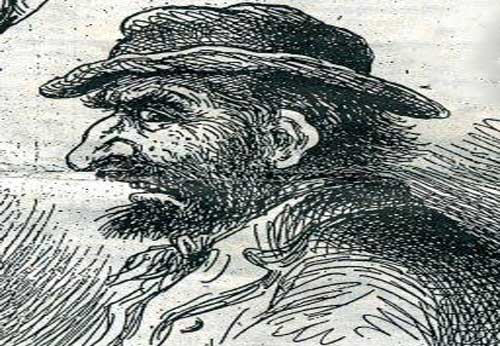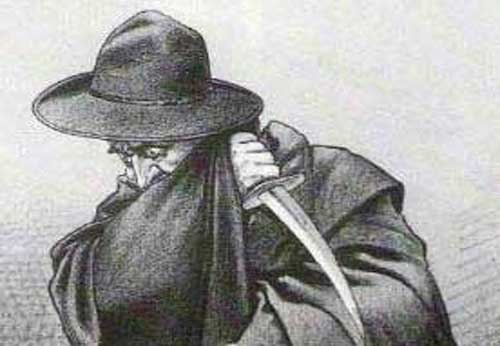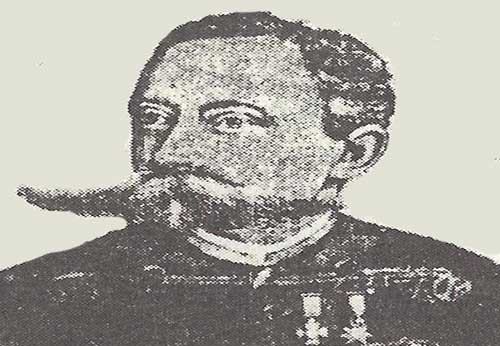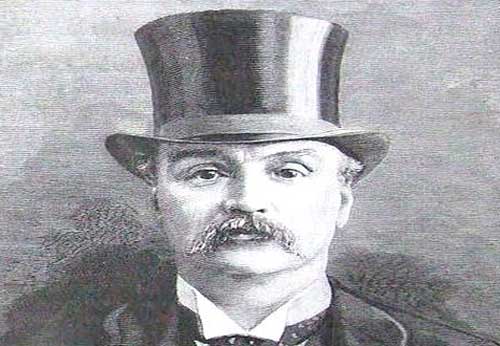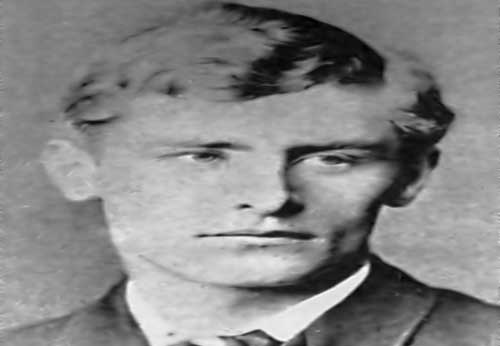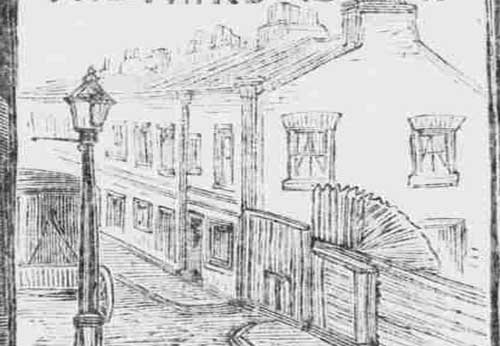- Michael Ostrog was one of the suspects named by Melville Macnaghten in his memoranda.
- However, Macnaghten actually got many things wrong about this particular suspect.
- Site Author and Publisher Richard Jones
- Richard Jones
MICHAEL OSTROG - THE CASE FOR AND AGAINST HIM
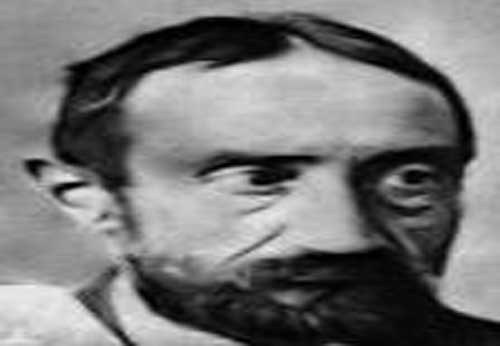
WHAT MACNAGHTEN SAID
According to Melville Macnaghten's memoranda Michael Ostrog was "...a Russian doctor, and a convict who was subsequently detained in a lunatic asylum as a homicidal maniac. This man's antecedents were of the worst possible type, and his whereabouts at the time of the murders could never be ascertained."
As with the other names that Macnaghten included on his list, Ostrog seems a likely contender for the mantle of Jack the Ripper.
But, once more, Macnaghten appears to have known surprisingly little about yet another of his suspects.
NOT KNOWN TO BE VIOLENT
Ostrog was a petty thief and con artist whose adult years consisted of several long periods of incarceration.
His only recorded act of violence, however, in a long criminal career, was when he was arrested in 1873 by Police Superintendent Thomas Oswald on whom he pulled a revolver at the police station.
One newspaper described Ostrog as having "a clever head, a good education and polished manners," and observed that he "would be certain to succeed in almost any honest life to which he might devote himself, but who nevertheless, is an inveterate criminal…"
Following a particularly harsh prison sentence of almost ten years for pilfering a few books and a silver cup - the total worth of which were no more than £5 - Ostrog was released on 28th August 1883.
HIS 1887 ARREST
But, by 1887, he was up to his old tricks and he stole a metal tankard from the Royal Military Academy at Woolwich. Apprehended after a chase, he was arrested and committed for trial at the Central Criminal Court, or Old Bailey.
During his trial he began to show signs of insanity and, despite the belief of several police officers and doctors that he was "shamming it," he was certified insane and transferred to the Surrey Pauper Lunatic Asylum in Tooting, where his occupation was registered as a Jewish surgeon.
He would be discharged on 10th March 1888, and as far as the Police - to whom he was to report regularly as a condition of his release - were concerned, he disappeared without a trace.
WHY THE POLICE SUSPECTED HIM
Later that year, at the height of the Ripper scare, when the consensus amongst the police detectives was that they were looking for a lunatic with medical knowledge, they began looking into all asylum releases that might coincide with the start of the murders.
It may have been this search that brought Ostrog's name into the investigation, and which later encouraged Macnaghten to include him on his list of three suspects. Certainly, Ostrog's failure to report to the police led to his name and description being published in the Police Gazette on 26th October 1888.
The description concluded with the warning that "Special attention is called to this dangerous man."
SENT TO BANSTEAD LUNATIC ASYLUM
Following another appeal in the Police Gazette, Ostrog was apprehended on 17th April 1891. Certified insane, he was sent to Banstead Lunatic Asylum where it was reported that he was suicidal but not dangerous to others.
Significantly, Melville Macnaghten asked the Medical Officer at Banstead to inform the police if Ostrog was discharged. This happened in 1893, and he promptly returned to a life of thievery, resulting in several more prison terms.
DISAPPEARS FROM THE RECORDS
He is last heard of being released from prison under licence on 17th September 1904, after which he disappears from the records.
There is nothing in Ostrog’s long criminal career to suggest that he was homicidal, and there are no records of him ever attacking women.
Furthermore, it seems highly probable that his failure to report to the police following his release from the asylum in March 1888, was because he decided to try his luck in France, where he was arrested under one of his many aliases, and held in custody from 26th July 1888 to 18th November 1888, on which date he was brought to trial.
NOT IN ENGLAND DURING THE MURDERS
Given a two year prison sentence, he was held in the lunatic wing of a French prison, until his release in November 1890.
Since this is the crucial period over which the Ripper murders occurred this would tend to rule him out as a suspect.

